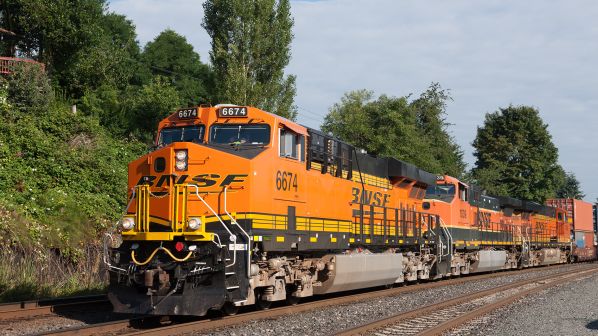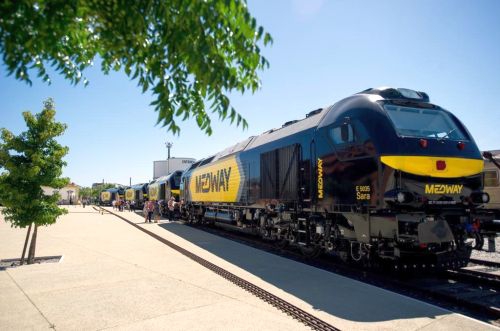BNSF has reported net income of $US 5.95bn for 2022, down 1% from $US 5.99bn the year before as revenue did not rise at the same rate as operating expenses, a factor driven by rising fuel costs and inflation.
Revenue was up 11% at $US 25.89bn in 2022 from $US 23.28bn the year before, but operating expenses increased by 19% to reach $US 17.29bn compared with $US 14.48bn in 2021.
Operating income in 2022 was down 2% at $US 8.6bn from $US 8.8bn the year before. The operating ratio, or proportion of revenue absorbed by expenses, worsened from 60.9% in 2021 to 65.9% in 2022.
BNSF says that the rise in revenue in 2022 was primarily due to an increase in the average revenue per car/unit of 19%, resulting from a higher fuel surcharge as the rising cost of diesel fuel was passed on to freight customers.
This was partially offset by a 6% decrease in freight volumes in 2022. Consumer products were down 8% on 2021 due to fewer intermodal shipments “resulting from supply chain challenges” and lower levels of import traffic arriving at the US West Coast ports during the second half of 2022.
Movements of industrial products were down 5% year-on-year, primarily due to lower demand for shipments of crude oil, fewer shipments of building materials, and fewer steel and taconite shipments “due to rail network challenges.”
Lower levels of grain exports and fertiliser shipments were the main driver behind a 2% drop in the volumes of agricultural products moved by BNSF in 2022.
Coal volumes for the full year were unchanged from 2021, although the fourth quarter of 2022 saw an 8% decrease compared with same period the year before. This was “primarily due to network service challenges,” BNSF says.
The 19% increase in operating expenses in 2022 reflected a significant rise in the cost of fuel, with the price per gallon up 69% compared to 2021.
Materials and other expenses were up 31% year-on-year, due to general inflation, lower gains from land and easement sales, and higher casualty and litigation costs.
During 2022 BNSF had capital commitments of $US 3.67bn, undertaking investment projects to support efficiency and long-term growth while maintaining a safe and reliable railway.
The company’s planned capital commitments for 2023 total $US 3.96bn, including $US 709m for expansion and efficiency projects to support the growth of customers in the intermodal, automotive, agricultural and industrial products sectors.
The January issue of IRJ looks in depth at US Class 1 growth prospects for 2023.



